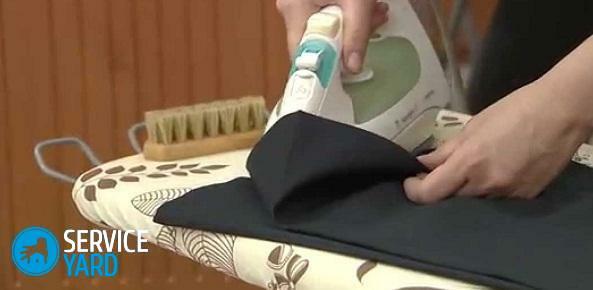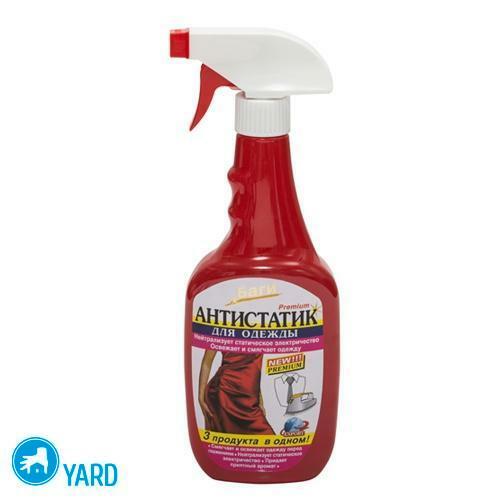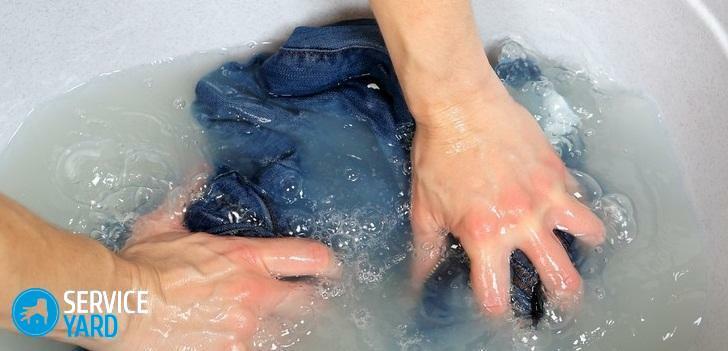One of the final stages of apartment renovation is surface finishing. Plaster can be a separate element of decoration, preparatory work when wallpapering surfaces and painting or cladding with ceramic tiles and wall panels.
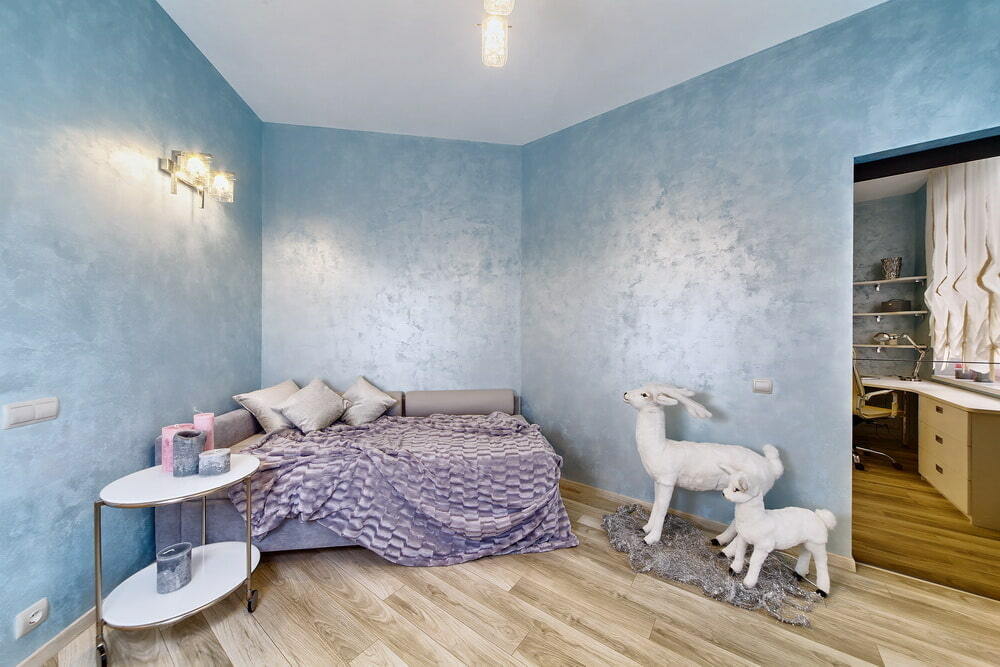
Decorative plaster, due to its deep texture and exquisite pattern, gives the surface a special volume and, due to the multitude of relief elements, creates a three-dimensional effect on it.
The main features of the use of plaster in the apartment
Content
- The main features of the use of plaster in the apartment
- Advantages and disadvantages
- Types of decorative plaster
- Compositions of mixtures used in apartments
- VIDEO: How to decorate walls with decorative plaster.
- 50 options for decorating walls with decorative plaster:
Before starting work, you need to decide which plaster to choose for the walls in the apartment. With the help of modern plastering materials, you can create any relief on the surface, which can then be painted, whitewashed or coated with wax and varnish. A master who works with decorative plaster, at your request, will give the surface an imitation of a wooden or stone surface, brickwork, leather or fabric texture and volumetric figures.
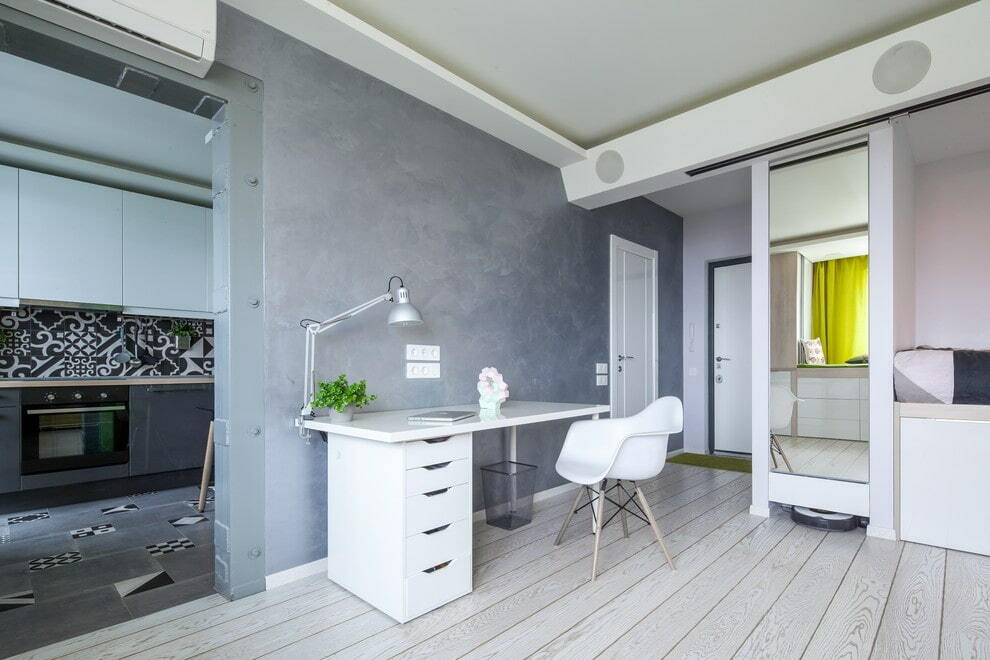
Decorative plaster is a layered fine-grained or structured mixture that is used to decorate ceilings or walls.
The choice of decorative plaster for walls in an apartment depends on the base material, but now universal mixtures are sold that can be used on any surfaces and in any premises.
Regardless of what kind of walls you have: concrete bases in monolithic or panel houses, brickwork, wood or drywall, the preparatory work and application technology are not much different.
It is necessary to properly cover the seams and cracks, clean the surface from dirt and dust, apply a layer of primer for better adhesion of the base and plaster. And start plastering work following the instructions for the use of mixtures.
Advantages and disadvantages
Decorative plastering of the walls in the apartment will create a unique design, and a variety of materials will help complete the renovation with a beautiful design.
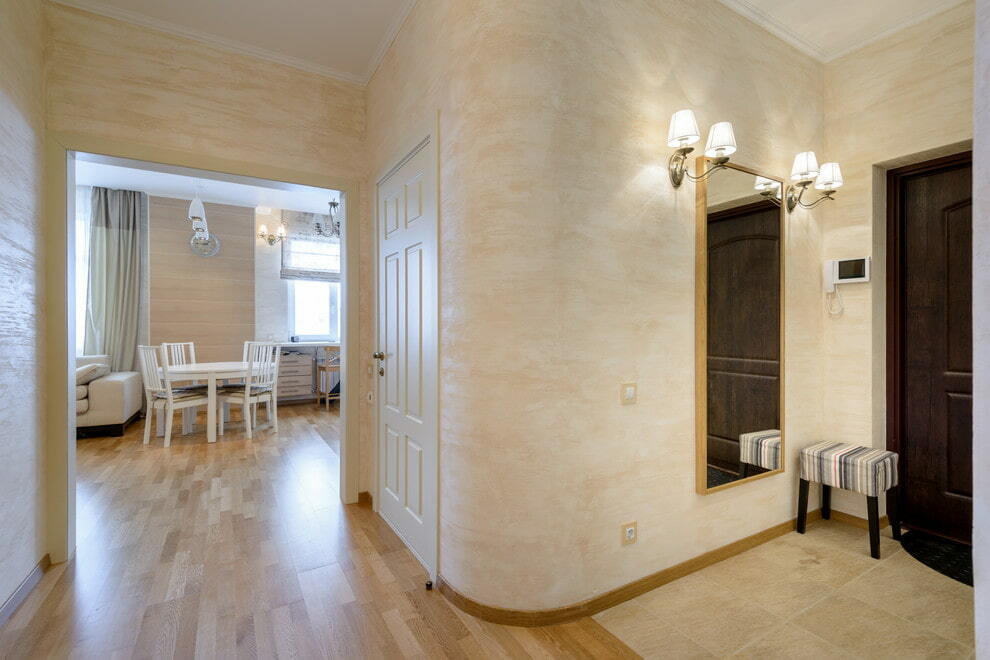
It has an aesthetically pleasing appearance and high performance characteristics.
But all the materials offered in stores have their pros and cons.
The advantages of decorative compositions:
- Strength. When applied correctly to the base, the layer is not exposed to a humid environment and mechanical stress, it can be used in the bathroom and in the kitchen.
- Durability. Choosing the right mixture will create a beautiful surface that will not crack or fall off the wall for years.
- Versatility. Modern decorative compositions are suitable for any substrate.
- Safety. The formulations are made from natural materials that do not cause allergies and poisoning.
Several cons to consider:
- Price. The cost of decorative mixtures is much higher than that of conventional compositions, but the effect is much more interesting and beautiful.
- Complexity. Without certain skills and knowledge, you are unlikely to be able to create a beautiful texture with your own hands, but if you experiment a little, then you will get a truly unique design.
- Demandingness. To complete complex textured forms, high-quality preparation of the base and strict adherence to the manufacturer's instructions are required.
Types of decorative plaster
After looking at the photo of the plaster in the interior of the apartment, you can choose the most suitable texture that you want to see on the walls of your house.
- Venetian plaster
This view in the interior of the apartment looks more beautiful than other compositions. The mixture can be applied to both vertical and horizontal surfaces, often columns are treated with such plaster to create a Gothic style in the interior. With the help of the Venetian, a noble marble texture with unique streaks and a glossy surface is created, which is achieved through the use of wax. With the addition of coloring pigments to the composition, you can achieve any surface color or natural shade of the stone.
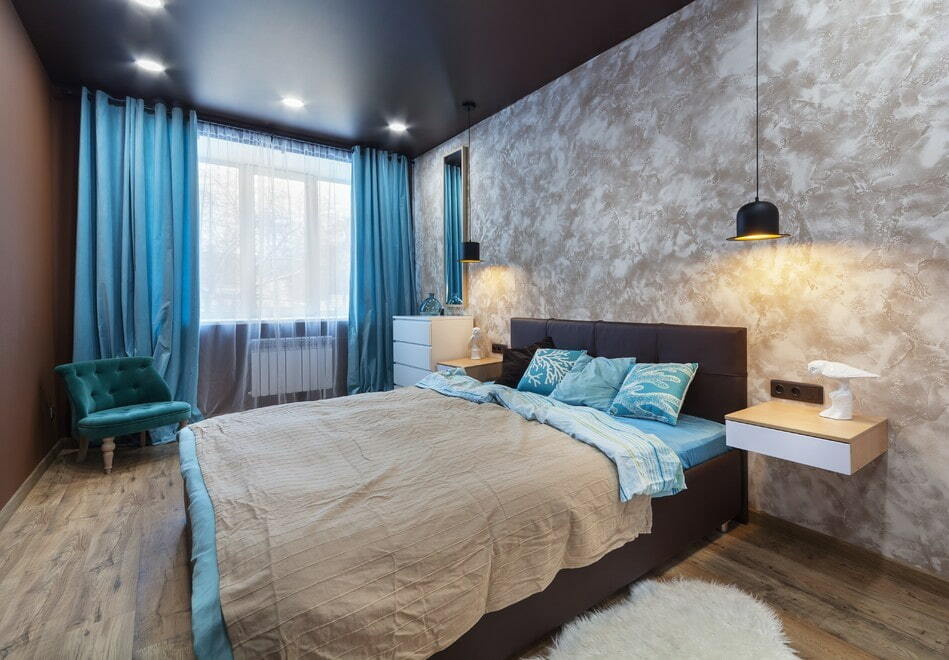
The Venetian has a very beautiful complex shade and perfectly imitates noble natural stones.
- Structural plaster
Structural compositions, due to the heterogeneity of the components, can give the walls any texture, and with the addition of coloring pigments, color. Thanks to different compositions, you can easily create an imitation of stone, wood, textured fabric or leather on the surface. The composition perfectly masks the imperfections of the wall and gives protective water-repellent properties. The mass is very plastic, with which you can work independently without resorting to the services of specialists. Also, using structural mixtures, unique and beautiful bas-reliefs are created with the addition of decorative elements - these can be pebbles or shells.
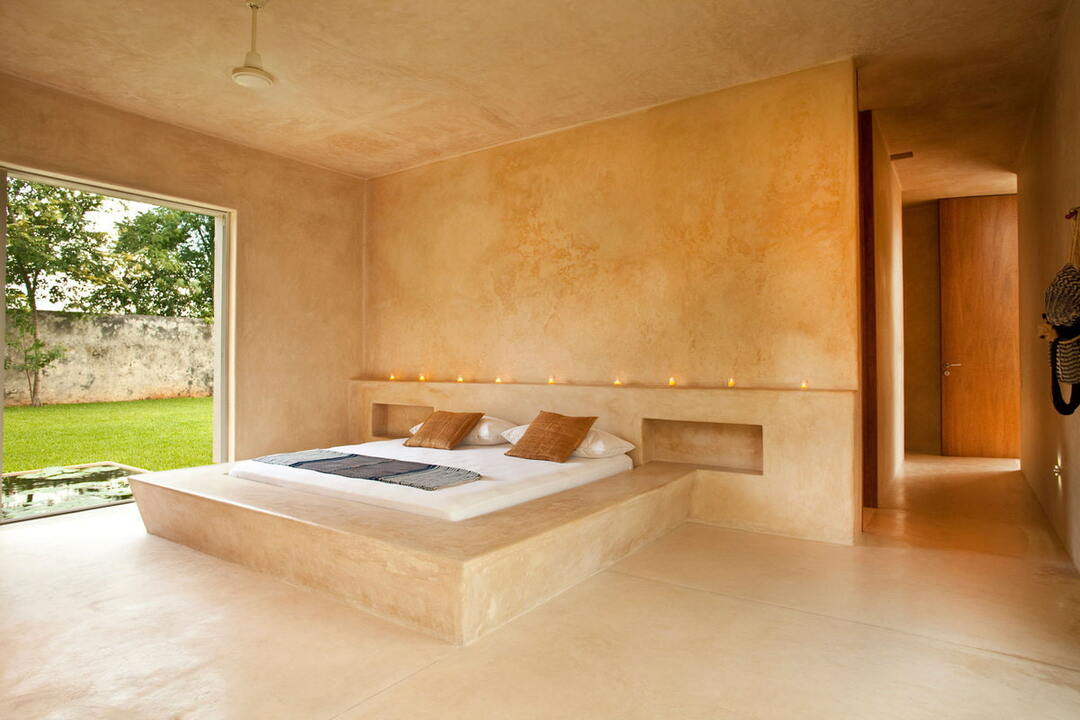
The structuredness and severity of the pattern depends on the size of the particles in the composition.
- Textured plaster
A textured mixture is used when it is necessary to achieve different effects on the surface - it is an imitation of aging and cracking, a rough texture with a different depth of relief. The color of this texture can be varied. With the help of textured plaster, you can create an absolutely unique design.
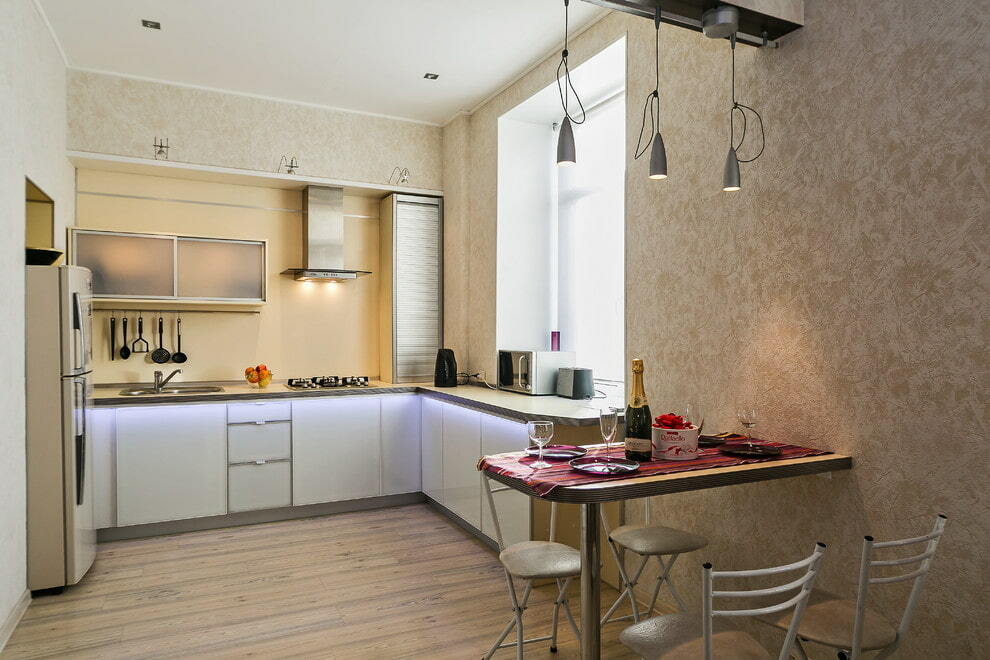
With the help of such a decorative coating, various imitations of textures are created, for example, it can be natural stone, thin-layer sandy concrete, porcelain stoneware or wood saw cut.
- Flock plaster
Flock plaster contains acrylic paint particles that resemble flakes or flakes. They can be round or multifaceted and monochrome or multi-colored with pearlescent and metallic sheen. You can experiment with flocks, creating original multi-colored patterns and ornaments on the surface.
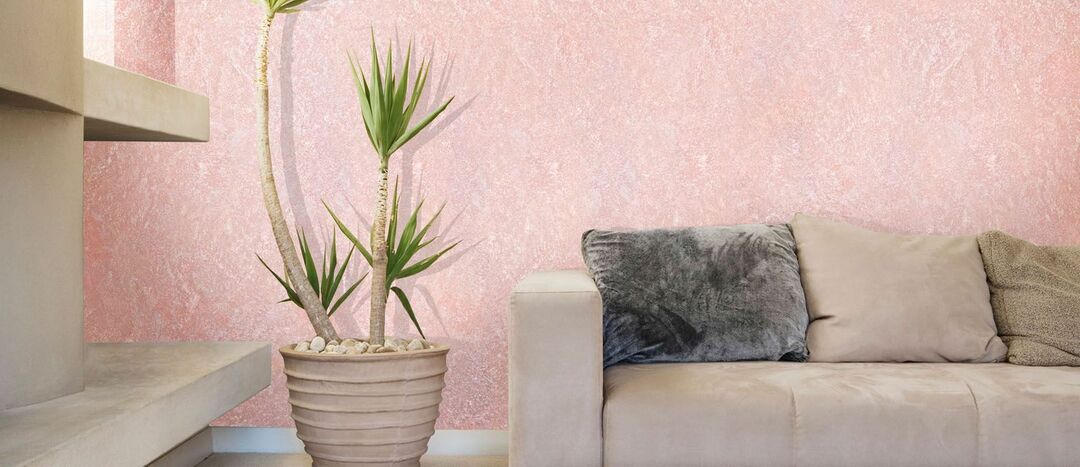
It goes well with other finishing materials.
- Marble plaster
Marble compositions based on acrylic with the addition of natural stone chips imitate the texture of marble as accurately as possible. After applying such a mixture, few people will notice this imitation. It is produced in a variety of colors, shiny blotches and pearlescent tints can be added to the composition.
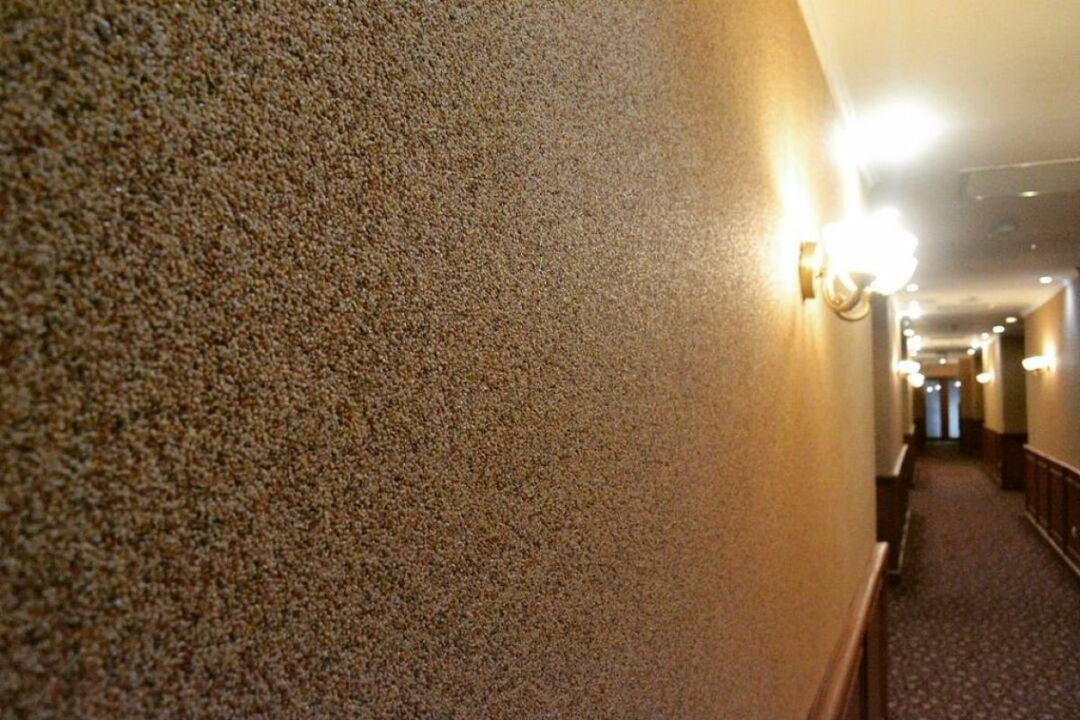
Resistant to temperature extremes, sunlight and other negative factors.
- Silk plaster
When applied to walls, silk plaster has the texture of natural silk, which shimmers in the sun. When applied to walls, the impression of using a natural material is created. This effect is achieved by adding silk threads to the composition. It is more durable and durable than wallpaper, therefore it is in the greatest demand among consumers.
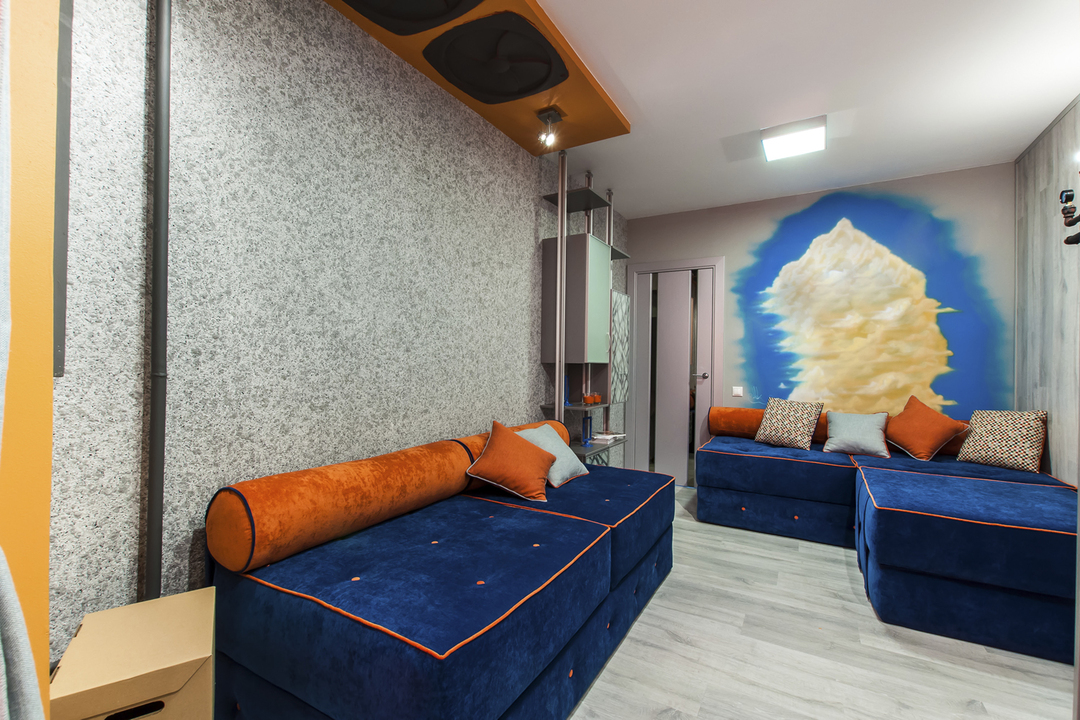
Perfectly hides irregularities and defects present on the surface.
The better to plaster the walls in an apartment, it's up to you to decide all mixtures are suitable for interior decoration, are safe and have their own unique texture.
Modern plaster contains additional components against the appearance of mold and mildew and is suitable for any premises in your home.
Also, all mixtures have additional useful properties - these are water resistance, sound and noise insulation and additional thermal insulation of the walls.
Compositions of mixtures used in apartments
- Cement.
The most common formulations that are made on the basis of sand and cement with the addition of polymers for better adhesion to the substrate. Such materials can be used in any premises. They create a particularly durable layer that is very easy to apply and process later.

Has a long service life.
- Acrylic.
They are distinguished by their special elasticity and water-repellent properties. Due to their plastic properties, they are most often used in decorative surface finishing.
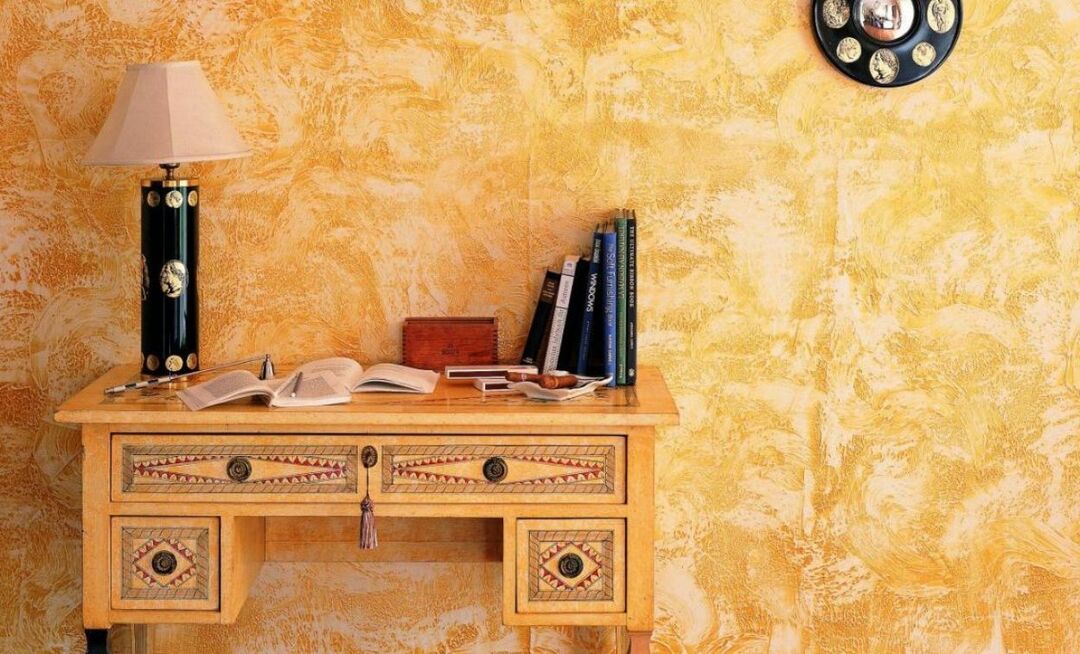
Like the previous variety, it can be suitable for decorating a wide variety of surfaces.
- Silicate.
The material has excellent heat-saving, noise-insulating and moisture-proof properties. When adding antiseptic components, it is used in rooms with high humidity. Creates a durable layer that perfectly tolerates mechanical damage, does not crack or collapse.
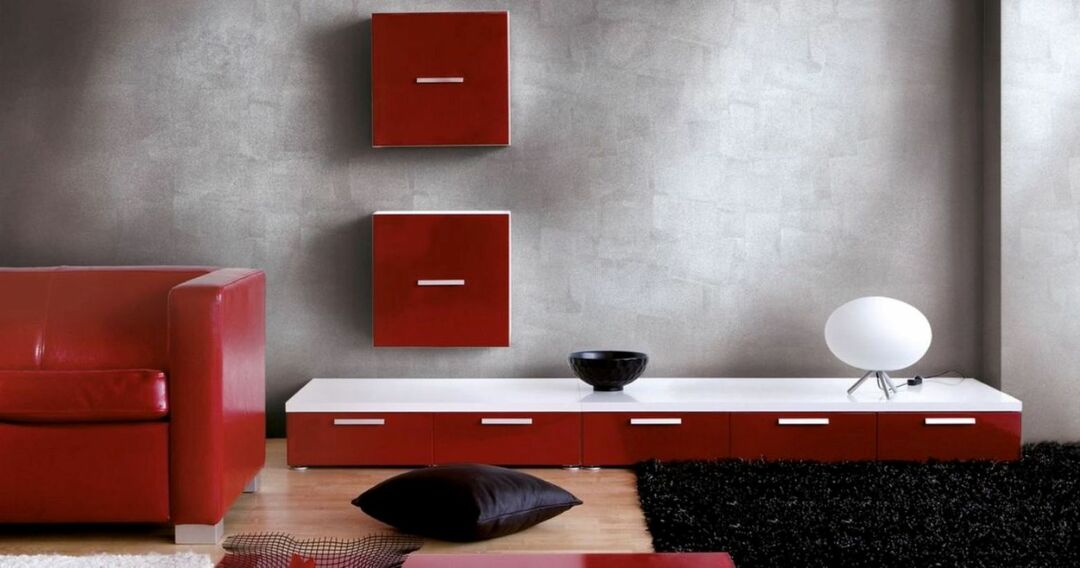
The mixture is based on potassium and sodium silicates.
- Silicone.
A material based on silicone components allows you to introduce a variety of decorating components into it. On the basis of this composition, plaster is made with the effect of a stone surface, after drying, the layer is not inferior to stone in beauty, strength and durability.
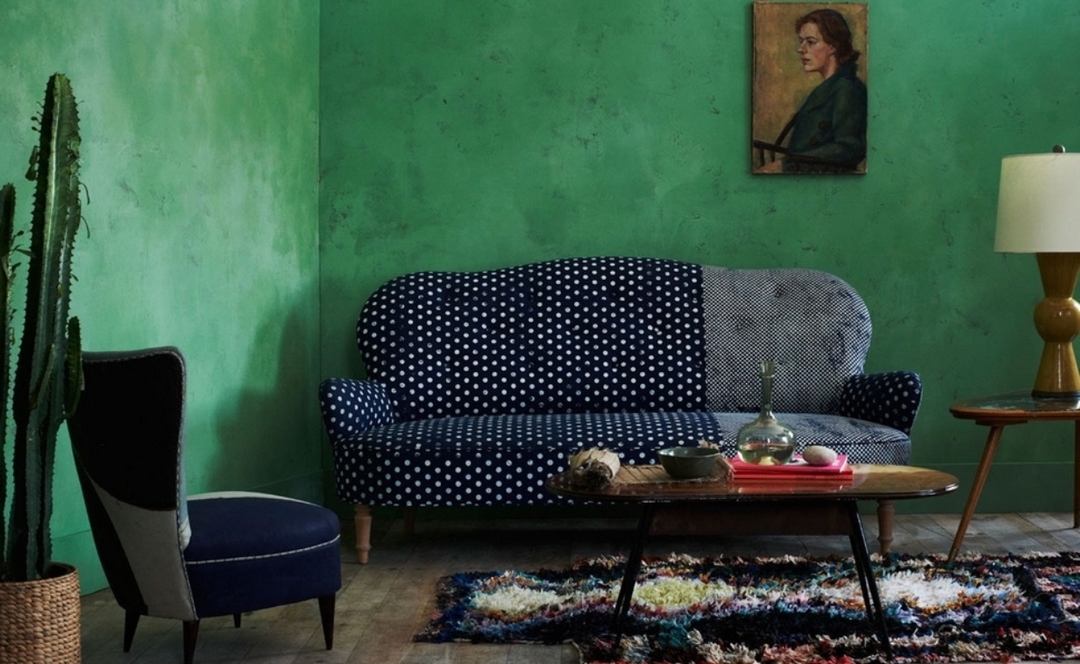
Such plaster is most often represented by a ready-made mixture.
A variety of modern materials removes the question: how to plaster the walls in the apartment. Choose the necessary texture and color of the walls that are necessary for your design idea and bring it to life.
VIDEO: How to decorate walls with decorative plaster.
50 options for decorating walls with decorative plaster:


